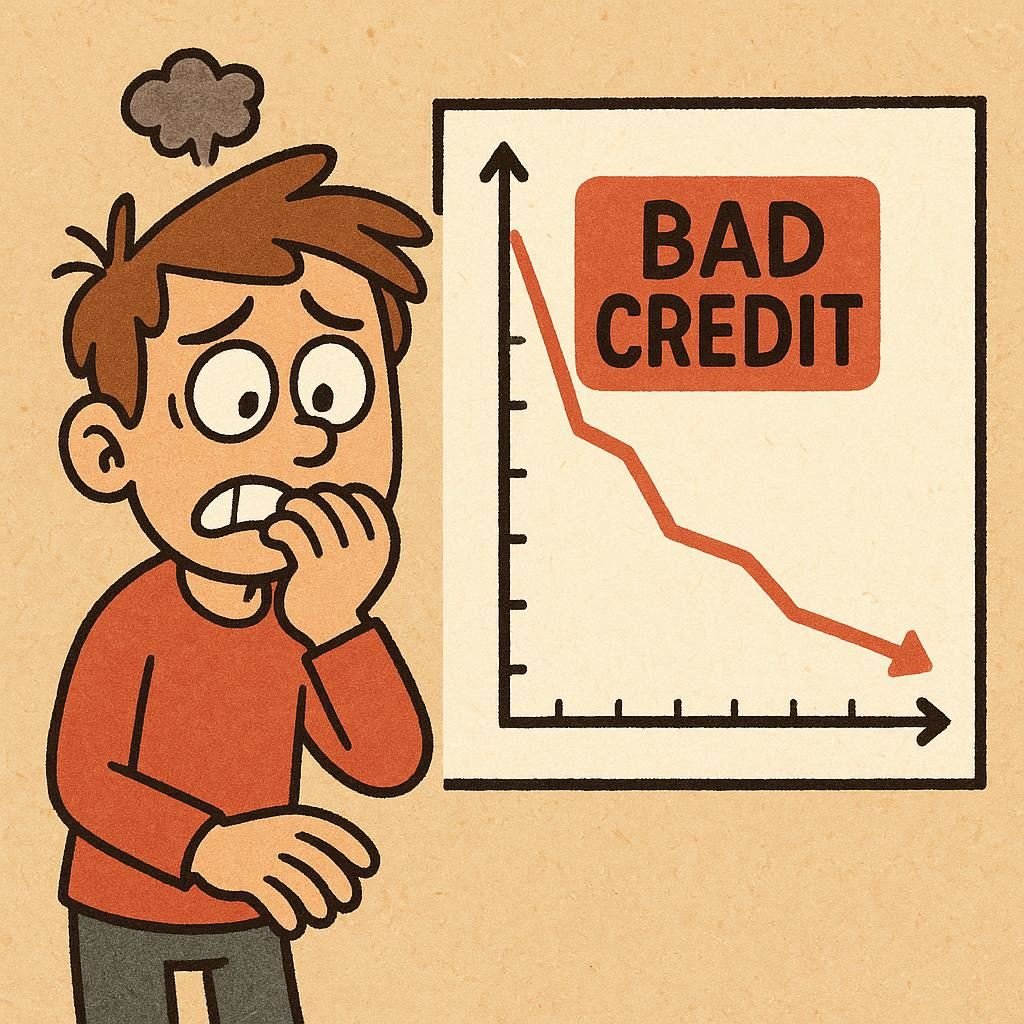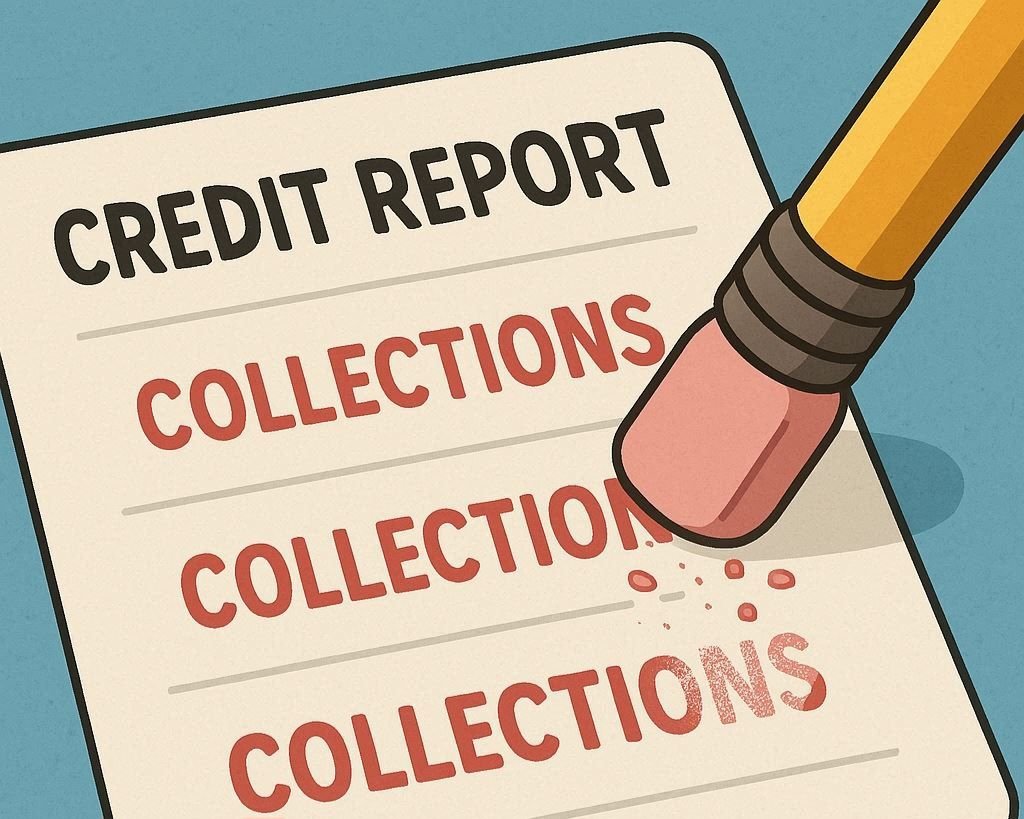When you’re trying to repair your credit, one of the most common and frustrating questions is: how long will this negative mark stay on my credit report? It can feel like your mistakes follow you forever, but that’s not the case. Federal law limits how long negative information can remain, and understanding these timelines can help you plan your next moves with confidence.
Why Negative Items Stay on Your Report
Your credit report is like a financial report card. It shows lenders, landlords, and sometimes employers how you’ve handled credit in the past. Negative items—like late payments, charge-offs, or bankruptcies—stay on your report to give a complete picture of risk. However, the Fair Credit Reporting Act (FCRA) sets strict limits on how long most information can be reported. That means, with time, these marks will disappear, giving you a clean slate.
How Long Each Type of Negative Item Lasts
- Late Payments: Usually remain for 7 years from the date you missed the payment. Even if you catch up and make the account current, the record of the late payment stays until it naturally ages off.
- Charge-Offs: Reported for 7 years from the date the account first went delinquent and was never brought current. Know the differences between a charge-off and a collection
- Collections: Remain for 7 years from the original delinquency date, not the date they were sent to collections. Paying off a collection may update the status to “paid,” but it won’t remove it early unless negotiated.
- Bankruptcy (Chapter 7): Can stay up to 10 years from the filing date.
- Bankruptcy (Chapter 13): Typically reported for 7 years from the filing date.
- Foreclosures: Usually remain for 7 years.
- Student Loan Defaults: Most follow the 7-year rule, but some federal loans can remain until they are paid in full or otherwise resolved through rehabilitation or consolidation.
Do They Hurt Less Over Time?
Yes—absolutely. While negative items can impact your score for their entire reporting period, the effect usually fades over time. Lenders and scoring models tend to weigh recent history more heavily than older data. For example, a late payment from last month is far more damaging than one from four years ago, especially if you’ve maintained good habits since then.
Myth vs. Fact
- Myth: Paying off a collection will instantly remove it from your credit report.
Fact: Paying a collection changes its status to “paid,” but the record can still stay for up to 7 years unless you negotiate removal in writing before payment. - Myth: All negative marks stay forever.
Fact: Federal law sets clear expiration dates for most negative information. - Myth: Closing an account with late payments will erase its history.
Fact: The history, good or bad, stays for its reporting period.
Can You Remove Them Early?
Sometimes. If the information is inaccurate or incomplete, you have the right to dispute it with the credit bureaus. They must investigate and remove unverifiable data. Another option is sending a goodwill letter to a creditor, asking them to remove a late payment as a gesture of goodwill—especially if you’ve had an otherwise solid history with them. While not guaranteed, some creditors do agree.
You can learn more about your dispute rights directly from the Federal Trade Commission.
Real-Life Example
Let’s say you missed two payments on a credit card in June 2020. You caught up by September 2020 and have paid on time ever since. That late payment history will remain until June 2027, but its impact will shrink each year. By the time it’s 4–5 years old, it will likely only have a minor effect—especially if you’ve built strong positive credit in the meantime.
Tips for Rebuilding While You Wait
- Pay on time, every time. Payment history makes up the largest part of your credit score.
- Lower your credit utilization. Aim to keep your balances under 30% of your available credit.
- Consider a secured credit card. This can help rebuild history if you can’t qualify for traditional credit.
- Keep old accounts open. Length of credit history matters—closing older accounts can hurt your score.
- Check your reports regularly. You can get a free copy from each bureau at AnnualCreditReport.com.
The Bottom Line
Negative marks don’t last forever, even though it may feel that way at first. Most will age off in seven years or less, and the damage they cause tends to shrink over time. While you wait for them to drop off, focus on creating a positive payment history and healthy credit habits. Over time, the old mistakes will be just a small footnote in a much stronger credit story.





